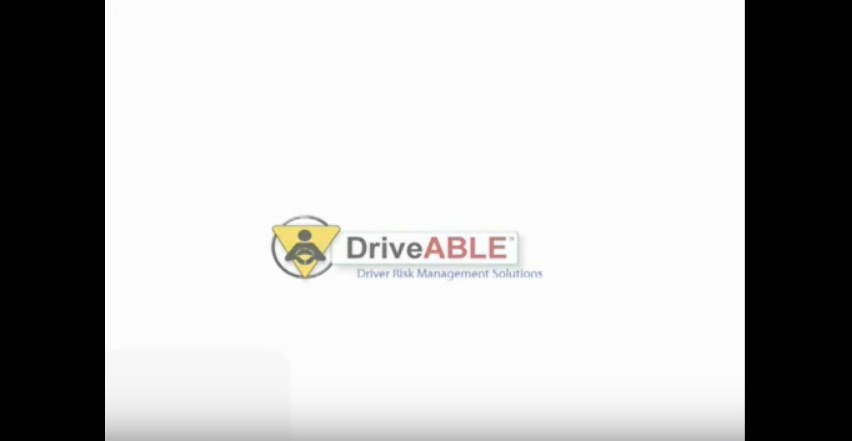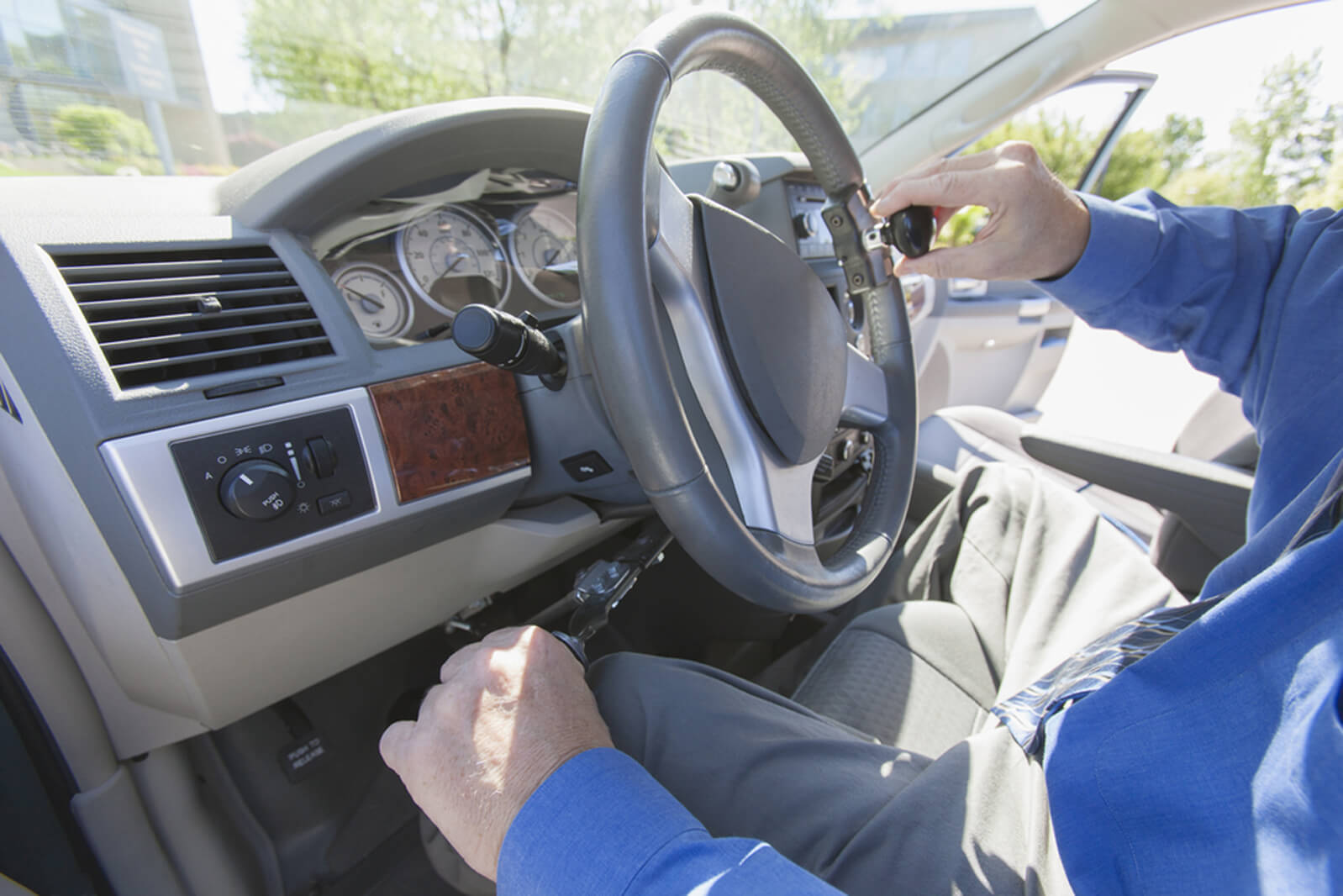Driver's Assessment
What to Expect
Referral
A referral for service can be made by any health care professional, an insurance professional, a family member or a driver themselves. Please complete the referral form or call the office for assistance. The form can be sent to us by email or fax. If your license has been suspended our Program Assistant will guide you through the process of obtaining a one-day license for the purpose of assessment.
Preparation for the Assessment
You will be sent an appointment confirmation letter by email or post mail. It will give you directions to the assessment location.
While reviewing the rules of the road is always a good idea, it is not necessary to study in preparation for the assessment.
IMPORTANT: Bring the following items to the appointment
- Glasses if you require them for reading or driving
- Hearing aid if applicable
- Driver’s licence if applicable
- A list of all medications that you are currently taking
- Any letters you have received from the Ministry of Transportation
- A light meal or snack
You must have a friend or family member bring you to the assessment. A program vehicle is provided during the assessment.

Driver Assessment
The driving assessment has 3 parts:
Part One – In-Clinic Assessment
The purpose of the in-clinic assessment is to gather relevant information about the driver and determine the goal of the assessment. This portion typically takes one and one half (1½) hours during which time an occupational therapist (OT) will ask you about your medical history and driving history. The OT will check your vision for driving, and will test your strength, range of motion and sensation. Finally, you will be asked to complete some assessments that look at your thinking skills needed for driving, including attention, concentration, speed of thinking, and visual perception. Assessment of cognition and perception may include conversation with the OT, paper and pencil tasks or simple tasks presented on a screen.

DriveABLE Cognitive Assessment Tool Demonstration
A demonstration of our innovative technology for assessing fitness to drive in people with medical conditions.
Depending on why you have come for an assessment, the in-clinic portion will vary. For the driver who needs hand controls, more time may be spent on detailed assessment of physical abilities. For the driver who has memory changes or a brain injury, more time may be spent on the assessment of thinking skills. If a driver is experiencing anxiety related to driving, more time may be spent interviewing the driver about their stress and limitations related to driving.

Part Two – On-Road Assessment
A Licensed Driving Instructor together with the Occupational Therapist will take the driver out in a program vehicle for a one (1) hour on-road evaluation. The vehicle is equipped with dual brakes for safety and will be outfitted with adapted driving controls as needed. All aspects of driving are assessed including physical abilities, endurance to handle the vehicle, cognitive-behavioural skills, visual perceptual skills, as well as reactions and responses to various traffic situations.
Depending on the goal of the assessment, the on-road portion may be different. For the driver learning to use adaptive equipment such as a left foot accelerator or hand controls, it may be the first training session in using the equipment. In this case the drive may be limited to a parking lot or quiet, residential roads.
For the driver who may be experiencing changes in memory or other thinking skills, the drive will include all road types to determine if the changes impact the ability to drive. The driving assessment is not the same as a Ministry of Transportation road test. This drive is looking at your general ability to follow the rules of the road as well as ensuring that there is no evidence of a change in thinking abilities affecting your driving.
If a client is experiencing anxiety related to driving, the on-road portion will be tailored to what the client feels comfortable to do. This may be just sitting in the driver’s seat or practicing highway merges depending on the goals of the client.
Part Three - Feedback Session
Following the assessment, the recommendations are discussed with the driver and summarized in a written report. The report is sent to the driver, their physician and the Ministry of Transportation if required.
Depending on the purpose of the assessment, the recommendations will vary. For drivers who require adapted driving equipment the recommendation may be for training and equipment prescription. If there is evidence that a medical condition is impacting a driver’s ability to manage a car, the recommendation may be that they not drive any longer. Training sessions may be recommended for a driver who wants to return to driving after illness of injury.
Fees
Fees vary with the type of service that is needed. The Ontario Health Insurance Plan does not cover driver assessment and training services, however you can keep the receipt and claim it as a medical expense on your taxes. As well, our services can be claimed on private health benefits that have occupational therapy coverage.